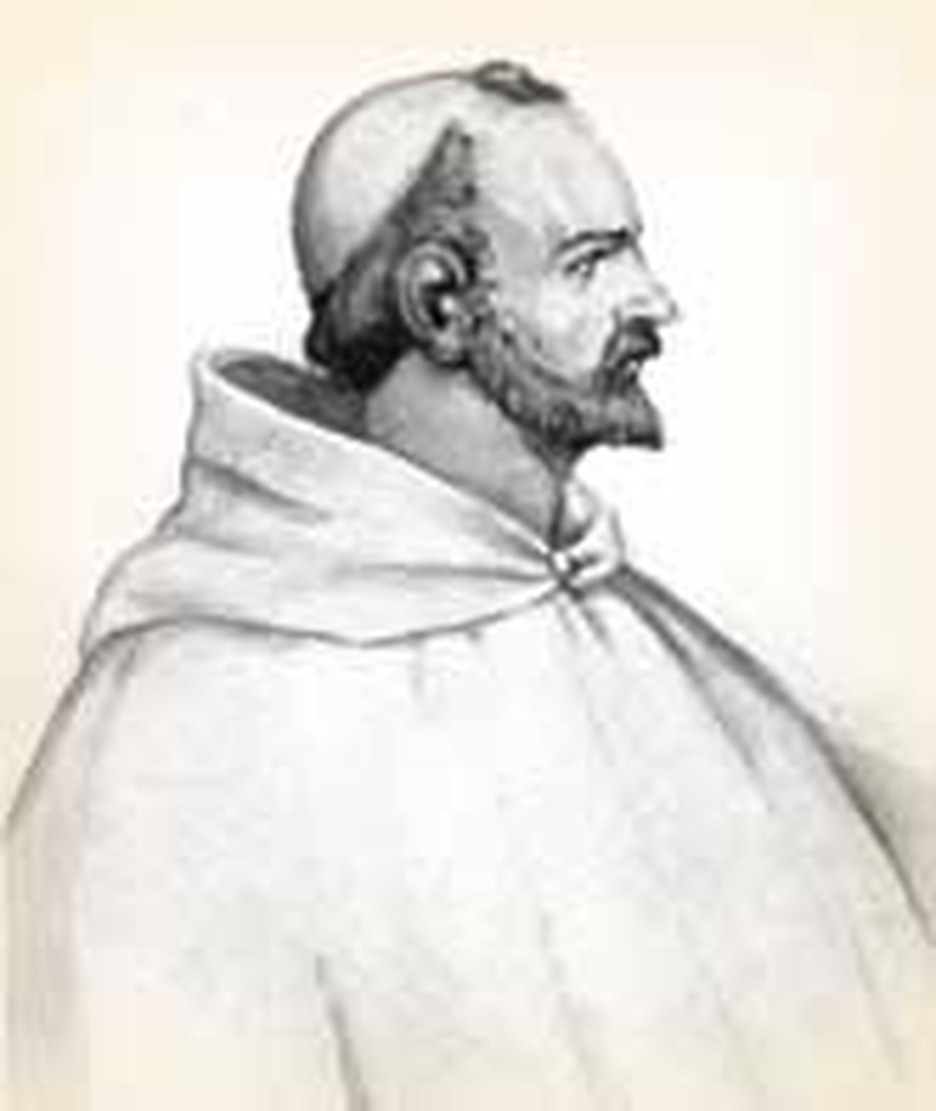
On two or three occasions, William of Eskhill was reproved by men around him who thought he went too far. Time always vindicated him. Eventually, he became recognized as one of the greatest saints of Denmark.
The first rebuke came when he was driven out of his position at the Church of Sainte-Genevieve-du-Mont at Paris where he was a canon [a clergyman assigned to a cathedral or church]. The other canons lived careless lives and did not like William's holy ways. They mocked him, slandered him to the Bishop of Paris in order to keep him from promotion, and finally forced him to resign.
He was vindicated when Pope Eugene III came to Paris. Shocked at the bad lives of the clergymen at that church, he booted them out and replaced them with worthier men. William was allowed back and soon became sub-prior [an assistant supervisor].
While in this position, a second reproof came his way. He blocked a new prior from taking office, because the man had gotten his position by illegal means. An abbot punished William for doing this. Again William was vindicated, when Pope Alexander III said that William was in the right.
William believed in living a very strict life. This meant he ate little, owned almost nothing, wore uncomfortable clothes and slept on hard, prickly straw. At that time, it was thought holy to do these things.
A report of William's stern life came to Bishop Axel of Roskilde, Denmark. He invited William to come and reform his monasteries. William began the work at an abbey in Eskhill (which is why he is usually called William of Eskhill, although he is sometimes called William of Ebelholt because he founded a monastery there). The first thing he did was to expel two bad monks. He tightened up on the others. They appealed to powerful noblemen to get William off their backs. Again William survived the opposition. Backed up by Axel, he dealt with them gently and sincerely for thirty years.
Axel trusted him with important tasks, such as intervening to keep Philip Augustus of France from divorcing his wife, who was the sister of King Cnut of Denmark.
William of Eskhill successfully brought reform to Denmark's monasteries. He finally died in peace, on this day, April 6, 1203. Just twenty-one years later, the Catholic church named him a saint.
Bibliography:
- "St. William of Eskilsoe." http://www.christdesert.org/cgi- bin/martyrology.dynamic.5.cgi?name= william_of_eskilsoe.
- Webster, Raymund. "St. William of Ebelholt." Catholic Encyclopedia. New York: Robert Appleton, 1914.
- "William of Eskhill, OSA Abbot." For All the Saints. http://users.erols.com/saintpat/ss/ 0406.htm#will
Last updated June, 2007


